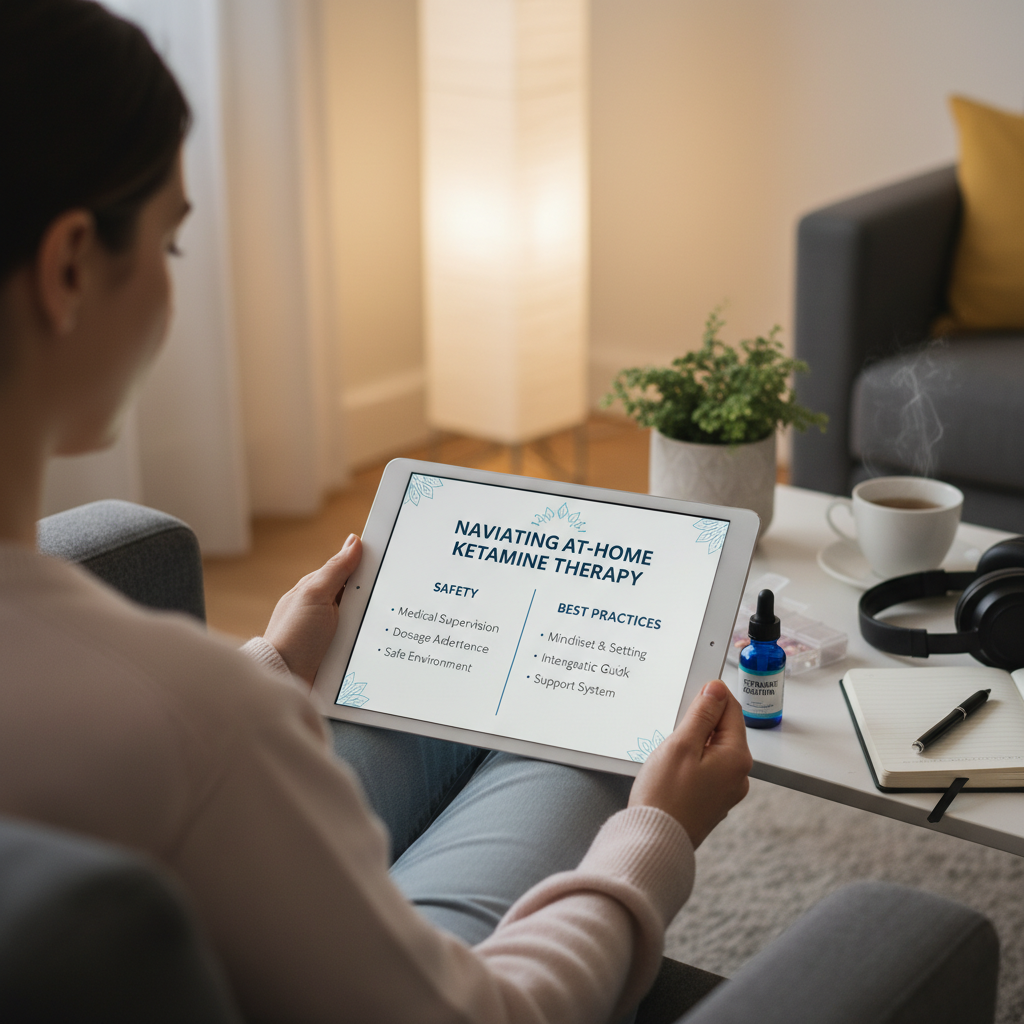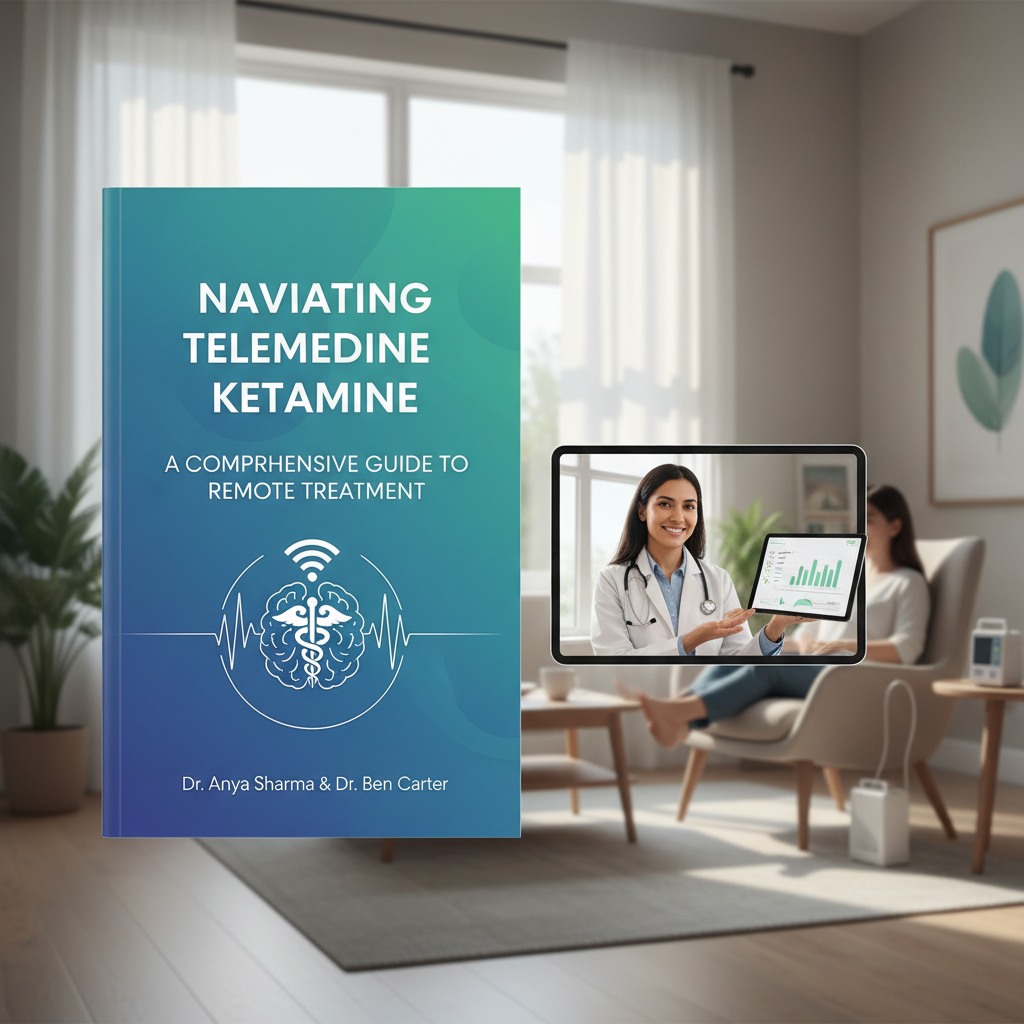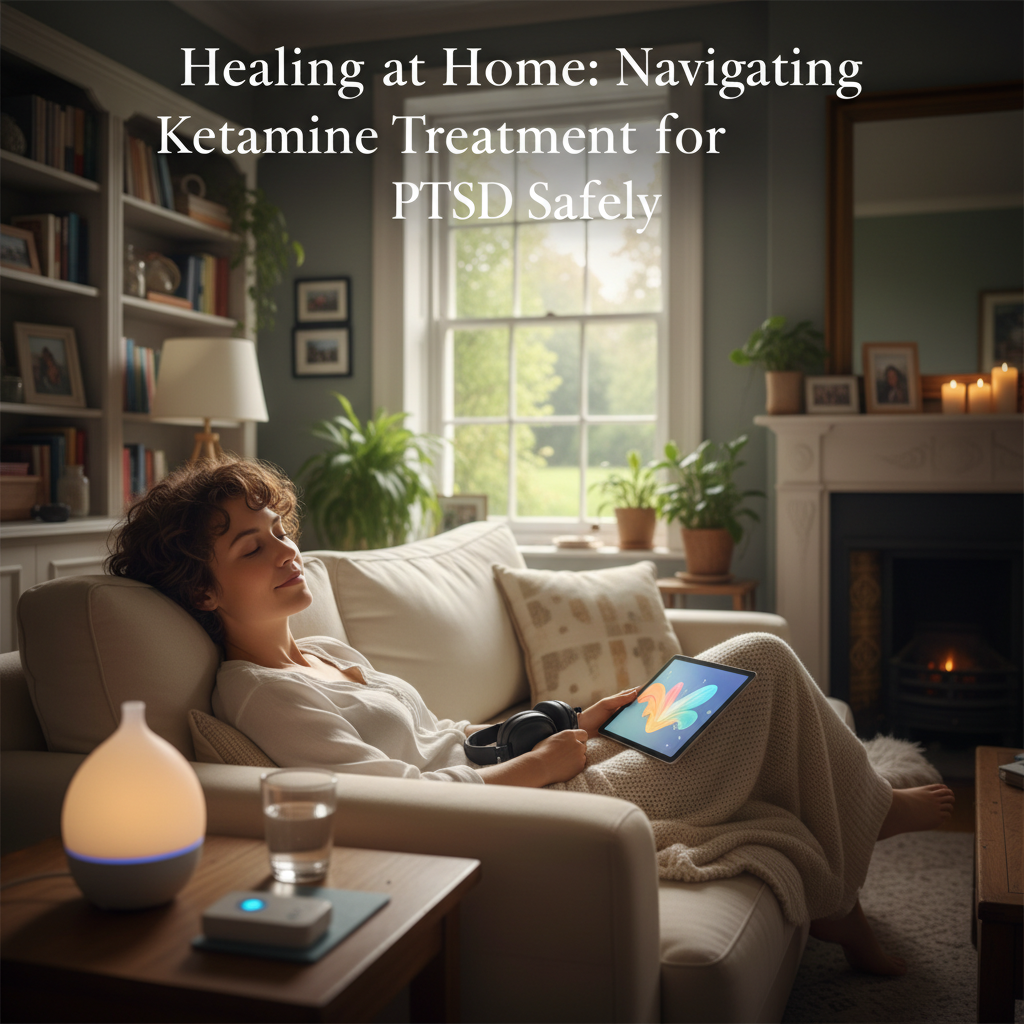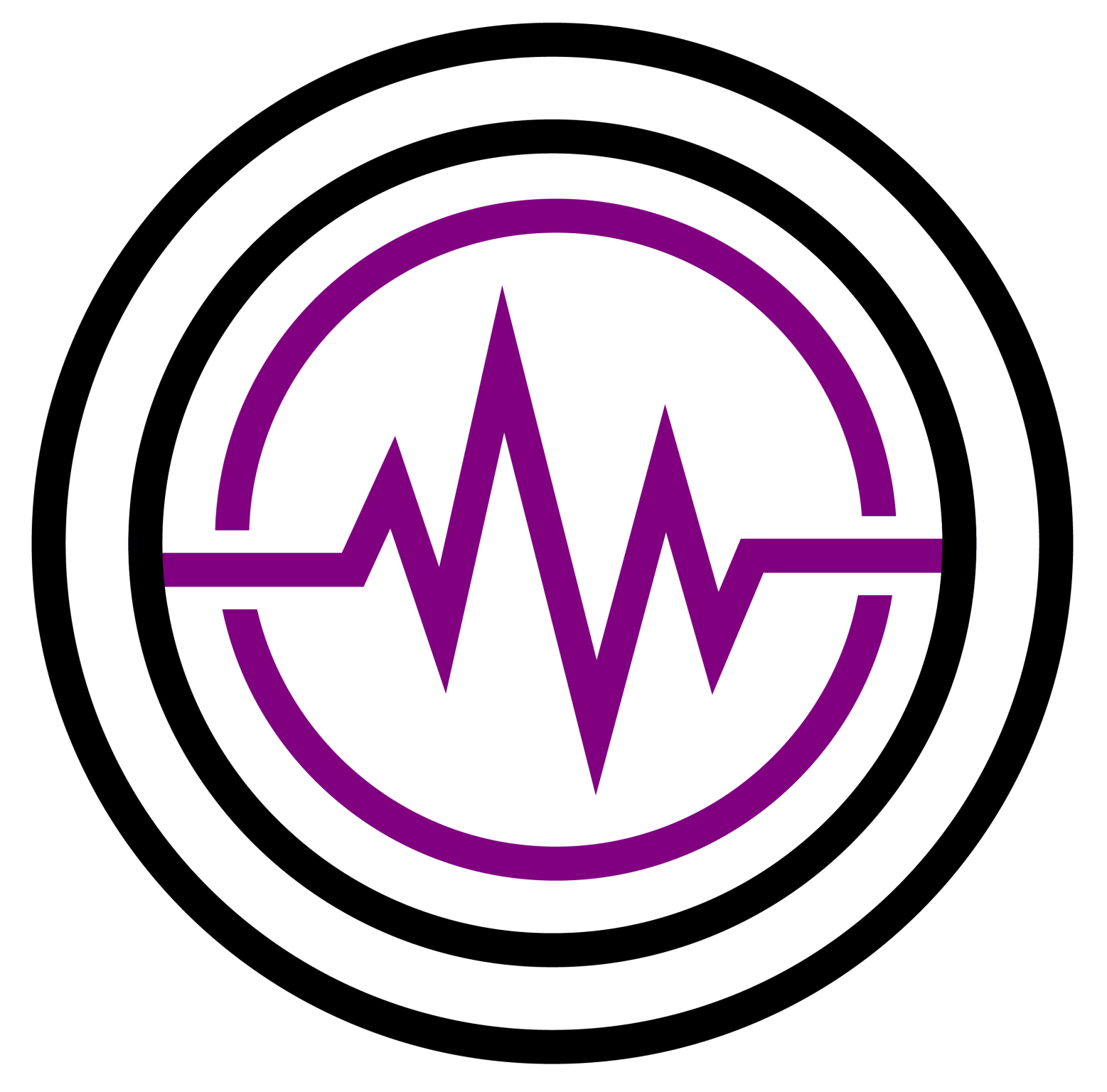Accessible, Expert-Guided Treatment for Depression, Anxiety, & Pain
Quick Summary / Key Takeaways
- Ketamine telehealth offers remote access to medically supervised treatment for various mental health conditions, improving accessibility for many.
- Proper screening and ongoing monitoring by qualified medical professionals are crucial for ensuring both safety and efficacy in virtual ketamine care.
- Patients often report significant symptom reduction and improved quality of life with personalized ketamine treatment plans delivered via telehealth.
- Telehealth models reduce barriers like travel, stigma, and cost, making innovative mental health care available to a broader range of individuals.
- Integration of psychotherapy and robust support systems alongside ketamine sessions maximizes therapeutic outcomes and promotes sustained benefits.
Introduction
Imagine finding a lifeline for your persistent depression, anxiety, or chronic pain, right from the comfort and privacy of your home. This isn’t science fiction; it’s the reality of a well-designed ketamine telehealth program. For decades, ketamine has shown profound promise in treating mental health conditions, but access has often been a barrier, limited to specialized clinics. Today, thanks to advancements in telemedicine and evolving regulatory landscapes, this life-changing treatment is becoming more accessible than ever. A ketamine telehealth program bridges the gap between innovative medical therapy and convenience, allowing individuals to receive supervised care from qualified professionals remotely. It’s a paradigm shift, putting patient well-being at the forefront. This comprehensive guide will demystify ketamine telehealth programs, exploring everything from how they work and who qualifies, to the benefits, potential challenges, and what to expect during your journey. We’ll cut through the noise, offering clear, expert-driven insights to empower you with knowledge and help you navigate this transformative therapeutic option. Let’s explore how virtual care is reshaping the landscape of mental health and pain management.
Ketamine Telehealth vs. In-Person Clinic Comparison
| Feature | Telehealth Program | In-Clinic Treatment | Key Differentiator |
|---|---|---|---|
| Accessibility | Remote, nationwide reach | Limited by location | Geographic flexibility |
| Convenience | At-home, flexible scheduling | Fixed appointments, travel | Reduced logistical burden |
| Cost | Often lower overhead | Higher facility fees | Potential savings |
| Supervision | Virtual medical monitoring | Direct physical presence | Mode of patient oversight |
Benefits of a Ketamine Telehealth Program
| Benefit Category | Description | Patient Impact | Program Advantage |
|---|---|---|---|
| Expanded Access | Reaches underserved areas | More people get help | Broadens patient base |
| Personalized Care | Tailored dosing, integration | Optimized individual results | High treatment customization |
| Reduced Stigma | Private, discreet treatment | Comfortable therapeutic space | Fosters open engagement |
| Continuous Support | Regular check-ins, therapy | Improved long-term outcomes | Holistic care approach |
Application Preparation Checklist
- Establish robust patient screening and eligibility criteria.
- Secure HIPAA-compliant telehealth technology platform.
- Develop standardized treatment protocols and safety measures.
- Train medical staff in virtual care and ketamine administration.
Post-Arrival Checklist
- Implement continuous patient outcome tracking and feedback loops.
- Regularly review and update clinical protocols based on data.
- Expand integration with psychotherapy and support services.
- Stay updated on regulatory changes in telehealth and controlled substances.
Table of Contents
Section 1: Understanding Ketamine Telehealth
- What is a ketamine telehealth program?
- How does ketamine work for mental health conditions?
- Is ketamine telehealth legal and safe?
- What are the different forms of ketamine used in telehealth?
Section 2: Eligibility and Assessment
- Who is eligible for a ketamine telehealth program?
- What medical conditions does ketamine telehealth treat?
- How is a patient’s suitability assessed in a virtual setting?
- Are there any contraindications for ketamine telehealth?
Section 3: The Treatment Process
- What does the initial consultation involve?
- How are ketamine sessions administered remotely?
- What kind of monitoring is provided during a session?
- How long does a typical ketamine treatment course last?
Section 4: Benefits and Considerations
- What are the primary benefits of ketamine telehealth?
- What are the potential side effects and how are they managed?
- How does integration with psychotherapy enhance outcomes?
Frequently Asked Questions
Section 1: Understanding Ketamine Telehealth
FAQ 1: What is a ketamine telehealth program?
A ketamine telehealth program provides medically supervised ketamine treatment for mental health and chronic pain conditions through remote virtual care, allowing patients to receive therapy from home. These programs leverage secure video conferencing for consultations, assessments, and ongoing monitoring, making specialized treatment more accessible. Patients typically receive oral ketamine or sublingual lozenges for self-administration, guided by clinicians. The core aim is to deliver personalized, effective care while minimizing geographical and logistical barriers.
FAQ 2: How does ketamine work for mental health conditions?
Ketamine primarily works by antagonizing the N-methyl-D-aspartate (NMDA) receptor in the brain, rapidly increasing glutamate and stimulating neuroplasticity, which helps create new neural connections. This unique mechanism differs from traditional antidepressants by quickly repairing stress-induced damage to brain circuits, offering rapid relief from severe symptoms. It helps “reset” the brain’s pathways, improving mood, reducing anxiety, and decreasing suicidal ideation. The neuroplastic effects contribute to longer-lasting improvements in many patients.
FAQ 3: Is ketamine telehealth legal and safe?
Yes, ketamine telehealth is legal and can be safe when administered under strict medical supervision by licensed practitioners adhering to state and federal regulations, including DEA guidelines for controlled substances. Comprehensive patient screening, remote monitoring during sessions, and robust follow-up care are paramount to ensure safety and mitigate risks. Telehealth programs are designed to replicate the safety protocols of in-person clinics virtually, prioritizing patient well-being through careful oversight. This ensures a high standard of care.
FAQ 4: What are the different forms of ketamine used in telehealth?
In telehealth programs, the most common forms of ketamine prescribed are sublingual lozenges or rapid dissolve tablets, which patients self-administer orally under virtual supervision. These at-home formulations allow for controlled dosing and absorption through the oral mucous membranes. While intravenous (IV) ketamine and intranasal esketamine (Spravato) are typically administered in a clinical setting, oral forms are specifically adapted for the remote, supervised environment of telehealth. Each form has unique absorption and bioavailability profiles.
Section 2: Eligibility and Assessment
FAQ 5: Who is eligible for a ketamine telehealth program?
Eligibility for a ketamine telehealth program is determined through a thorough medical and psychological evaluation by a licensed clinician, typically requiring a diagnosis of treatment-resistant depression, severe anxiety, or chronic pain. Patients must not have contraindications like uncontrolled high blood pressure, certain heart conditions, or psychosis, and generally need a stable home environment for treatment. The assessment ensures patient safety and suitability for remote administration, often involving medical history review and current medication analysis. It’s a highly individualized process.
FAQ 6: What medical conditions does ketamine telehealth treat?
Ketamine telehealth programs primarily treat severe and treatment-resistant forms of mental health conditions such as major depressive disorder, generalized anxiety disorder, and post-traumatic stress disorder (PTSD). It also shows promise for chronic neuropathic pain conditions, though mental health applications are more prevalent in telehealth. The treatment is typically considered when traditional therapies have proven ineffective, offering a rapid-acting alternative. Conditions like bipolar depression are also sometimes addressed.
FAQ 7: How is a patient’s suitability assessed in a virtual setting?
Patient suitability in a virtual setting is assessed through comprehensive telehealth consultations that include detailed medical history intake, psychiatric evaluations, and sometimes collaboration with primary care providers to review lab results and vitals. Clinicians utilize secure video platforms to conduct in-depth interviews, asking about current symptoms, past treatments, medication history, and social support systems. This rigorous screening process ensures that the patient is physically and psychologically stable enough for remote ketamine administration. Any red flags trigger further investigation or referral.
FAQ 8: Are there any contraindications for ketamine telehealth?
Yes, significant contraindications for ketamine telehealth include uncontrolled hypertension, severe cardiovascular disease, history of psychosis, active substance abuse, and pregnancy. Conditions like unstable angina, recent heart attack, or significant liver dysfunction also typically disqualify a patient due to increased risks associated with ketamine. A comprehensive medical history and current health status review are essential to identify these risks. Mental health conditions such as schizophrenia are generally excluded.
Section 3: The Treatment Process
FAQ 9: What does the initial consultation involve?
The initial consultation for a ketamine telehealth program involves a comprehensive virtual meeting with a licensed medical professional, typically a psychiatrist or a physician specializing in ketamine therapy. During this session, the clinician gathers your full medical and psychiatric history, discusses your current symptoms, previous treatments, and explores your expectations and concerns. It’s an opportunity for mutual assessment, allowing the provider to determine eligibility and for you to ask questions about the treatment process, risks, and benefits. This thorough discussion forms the foundation for your personalized treatment plan.
FAQ 10: How are ketamine sessions administered remotely?
Remote ketamine sessions typically involve the patient self-administering prescribed sublingual lozenges at home, under direct virtual supervision by a medical professional via a secure video call. Patients are instructed to prepare a comfortable, quiet, and safe environment, often with a trusted person present, before the session begins. The clinician guides the patient through the process, monitors their physiological responses and psychological state, and provides support throughout the duration of the ketamine’s effects. Post-session check-ins are also common to assess recovery and integration.
FAQ 11: What kind of monitoring is provided during a session?
During a ketamine telehealth session, monitoring typically includes continuous virtual observation of the patient’s physical and emotional state via video, with the patient often using a blood pressure cuff and pulse oximeter to track vital signs. The supervising clinician watches for any adverse reactions, changes in consciousness, or signs of discomfort, providing real-time guidance and support. They assess the patient’s psychological experience, ensuring a safe and therapeutic environment. Some programs may even utilize wearable tech for additional data points, enhancing patient safety.
FAQ 12: How long does a typical ketamine treatment course last?
A typical ketamine treatment course often begins with an “induction phase” of 4-8 sessions over 2-4 weeks, followed by a “maintenance phase” where sessions are tapered down in frequency based on individual response. The total duration varies greatly by individual and condition, ranging from a few months to ongoing, less frequent sessions for sustained benefits. The goal is to find the minimum effective dose and frequency to maintain remission or symptom improvement. Regular re-evaluations guide the entire treatment trajectory, ensuring personalized care.
Section 4: Benefits and Considerations
FAQ 13: What are the primary benefits of ketamine telehealth?
The primary benefits of ketamine telehealth include significantly improved accessibility for individuals in remote areas or those with mobility issues, enhanced privacy and comfort by allowing treatment at home, and often reduced cost compared to in-clinic options. Telehealth also minimizes the time commitment required for appointments and travel, integrating more seamlessly into patients’ lives. These advantages collectively make life-changing ketamine therapy available to a broader population, fostering greater consistency in treatment. It removes barriers to specialized care.
FAQ 14: What are the potential side effects and how are they managed?
Potential side effects of ketamine can include temporary increases in blood pressure and heart rate, nausea, dizziness, dissociation, and perceptual distortions, which are typically managed by the supervising clinician during the session. These effects are usually transient and subside shortly after the ketamine’s peak action. Management strategies include careful dosing, pre-medication for nausea, and creating a calming therapeutic environment. Post-session, patients are advised to rest and avoid driving or complex tasks. Long-term risks, while rare, are also discussed.
FAQ 15: How does integration with psychotherapy enhance outcomes?
Integrating psychotherapy, often called ketamine-assisted psychotherapy (KAP), significantly enhances treatment outcomes by helping patients process insights gained during their ketamine experiences and incorporate them into lasting behavioral changes. Ketamine’s neuroplastic effects create a “window of opportunity” for new learning and emotional processing, making psychotherapy more effective. This combination allows individuals to build new coping mechanisms, resolve trauma, and develop healthier thought patterns, leading to more profound and sustained remission. It transforms the experience into deep therapeutic work.







